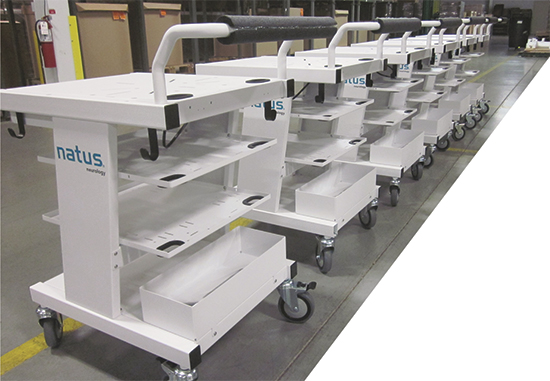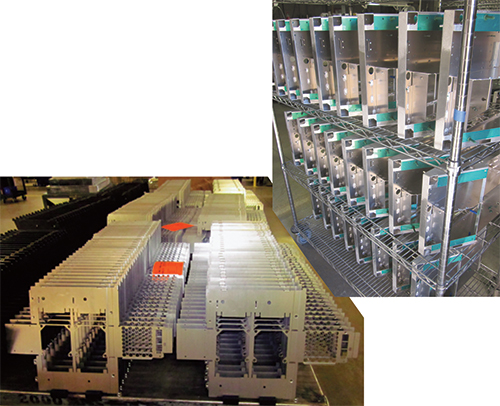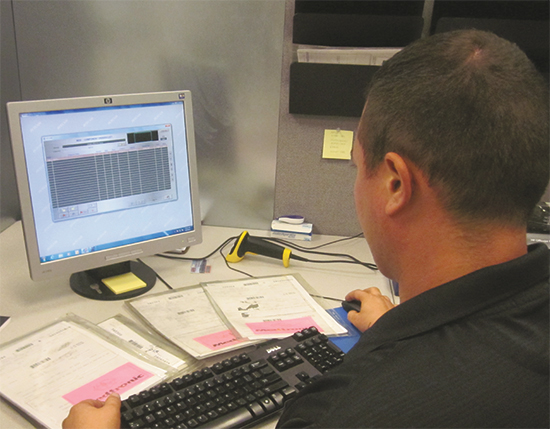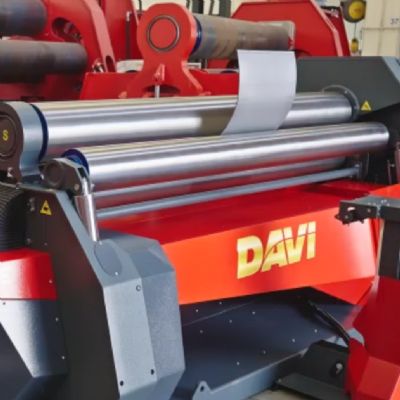Faster, and Easier to Learn
MPE is a good case study in dynamic nesting—combining parts from more than one job, of like material type and thickness, onto shared sheet nests. This practice, compared to static nesting of only one part design onto a sheet, contributes as much as anything else to improved material utilization, and to fewer concerns about inventory management.
“Before we brought in Jetcam (supplied by reseller NestOne Solutions, Kansas City, MO),” recalls Grundel, “we were using static nesting. Our production team would take the part designs generated by our engineering group and fit as many of the parts onto a sheet as possible—regardless of actual order quantity. So, we’d either have to inventory leftovers or ask our customers to take them. Now, the production team using dynamic nesting with Jetcam can combine parts from multiple jobs and more efficiently use the material.”
The MPE engineering team “tools-up” each individual piece part, Grundel says, because “we have a lot of custom turret-press tools in our inventory specially designed for our customers’ unique part features. These include special shapes, embosses, forming features, lances and the like. We want to ensure that the parts are processed the same every time they run; we don’t want to leave that process design to chance.”
Once the process plan for contouring the parts (typically done by laser cutting) and punching interior part features is complete, the program is released to the production team for nesting. Here’s where the user friendliness of Jetcam really comes into play. MPE employs three floating seats of the software, shared by 12 users trained to use it—some for part programming only, others for programming and nesting. The QRM team includes two Jetcam users.
“While programming with our previous software required numerous time-consuming steps and a lot of button-pushing for every part program and nest, over several hours, with Jetcam we can get programs done in 15 to 30 min.,” Grundel says. “That programming efficiency makes it easier for us to train our people to use the software, and allows us to afford the luxury of having so many employees capable of using it. And, since we can create new programs in just a fraction of the time it used to take, our employees, particularly those in our industrial-engineering group, are freed up to perform other value-added tasks.”
Software Evolution
All manufacturing software products evolve over time, often based on user recommendations, and Jetcam is no exception. One such recommendation from Grundel and his team, provided via NestOne, involved the spacing of parts on a nest to accommodate the width of the punching tool.
“Previously, if a programmer didn’t accurately account for tool width when laying out a sheet nest, parts potentially could overlap,” says Grundel. “Now, the software captures data related to the size of the tool being used to create part features, and automatically makes the required adjustments to part spacing.”
As another example of MPE feedback to NestOne resulting in a Jetcam software update, Grundel again stresses the extraordinary number of special tools the firm inventories for punching unique part features. “Users can instruct Jetcam to automatically assign specific tools to specific tasks—unique part features, for example. Before, that function only worked with standard tools, so if we wanted to assign our custom tools to specific part features, we had to do that manually. Based on our feedback to NestOne, Jetcam updated the software so that it now automatically clears a any tool setup it might develop to create a part and reassigns one or more of our special tools to do the work, based on our programmed preferences.”
Last but not least, Grundel describes another MPE-generated idea implemented by Jetcam to improve programming efficiency.
“We asked their programmers to make it easier to tool-up the same parts to run on multiple machines,” he says, “to give us more flexibility without having to apply tools twice, for two different punching machines. In response, they added a feature that allows us to copy the tools used in one machine program over to the program developed for a second machine—a huge timesaver.” MFView Glossary of Metalforming Terms
See also: Amada North America, Inc, JETCAM USA Inc., Nest One Solutions
Technologies: Bending, CNC Punching, Cutting
Comments
Must be logged in to post a comment. Sign in or Create an Account
There are no comments posted.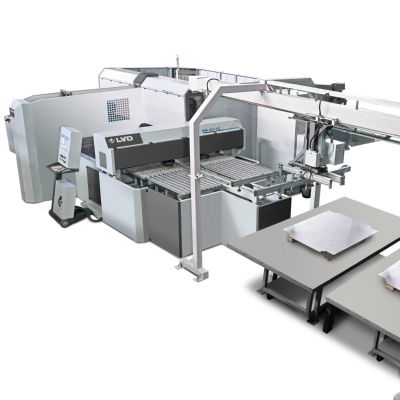 Bending
BendingLVD Adds Panel Benders to Product Line
Tuesday, January 2, 2024







